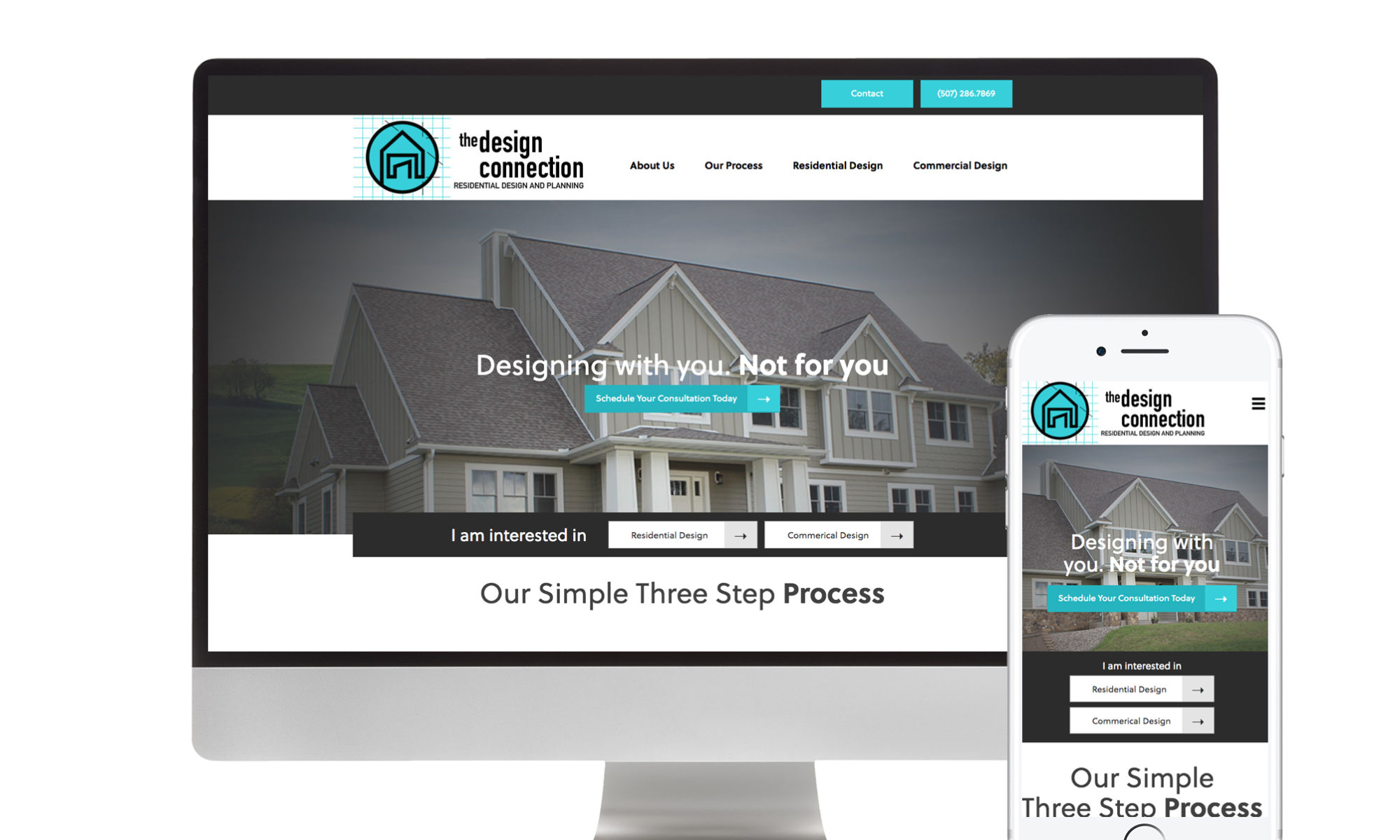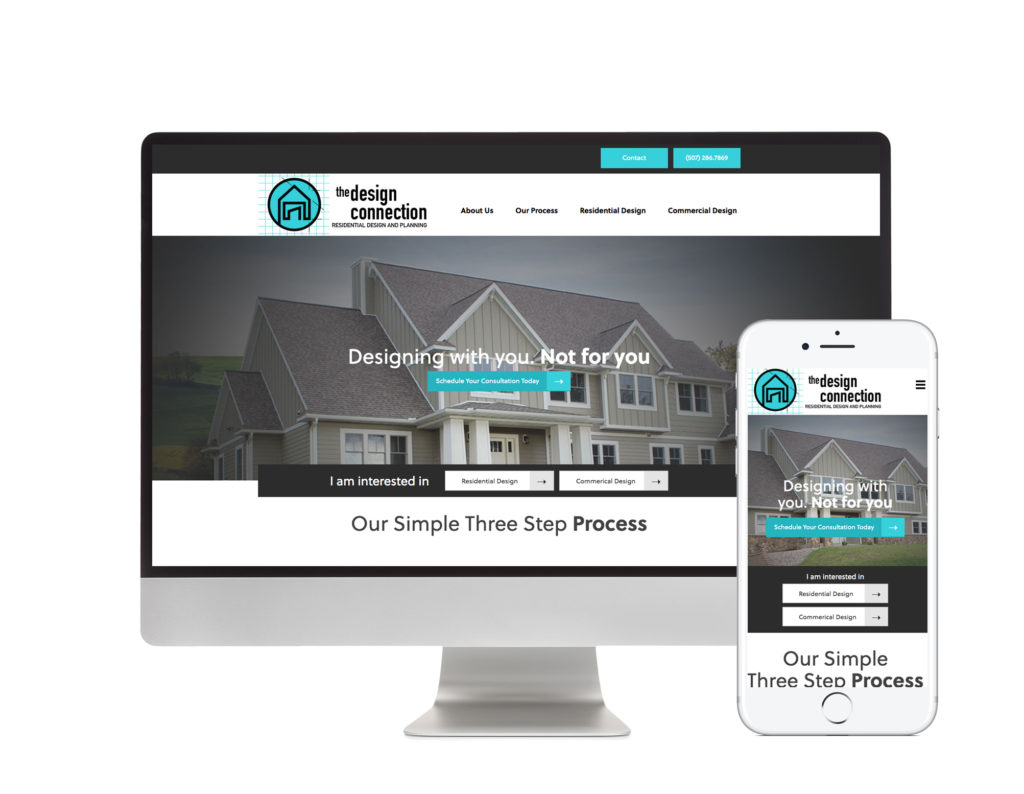In 1990, the US signed the Americans with Disabilities Act (ADA) into civil rights law. This act makes discrimination based on disability illegal and overall provides the same protection of rights for people with disabilities that the Civil Rights Act of 1964 provides for people of all races, religions, gender, sexual orientation, and national origin. Title I of the ADA covers employment opportunities and prohibits discrimination in the workplace. Title II of the act enforces compliance to ADA policies in public entities and public transportation. These regulations are detailed in the ADA Standards for Accessible Design. Title III of the ADA requires public accommodations and commercial facilities to adhere to regulations, guidelines, and other code requirements. When it comes to website design, businesses, public figures, nonprofits, and all other independent parties must comply with the ADA’s accessibility laws. With the help of MLT Group’s design team, you can build profiles and adjustments into your site that help you meet ADA compliance requirements via responsive web design. Additionally we offer a powerful menu of onsite tools to make websites fully ADA compliant while providing adaptability control directly to the user.
Not only will having an ADA compliant website help you avoid a lawsuit or court judgement, it also protects and supports everyone who may wish to interact with your site and improves experiences with your brand for persons with disabilities. This in turn expands your audience and increases site traffic.
One of the most direct and surefire ways to build ADA compliance into your website is by following the World Wide Web Consortium’s (W3C) Web Content Accessibility Guidelines 2.1 (WCAG 2.1) at the AA level.
WCAG 2.1 AA (released in 2018) is the most current edition of the most widely accepted web conformance to ADA guidelines. In WCAG 2.1 AA, there are 50 criteria your site should incorporate to ensure best ADA compliance. Checklists for these criteria can be found relatively easily online. For example, through this resource, you can find thorough guidelines and checklists in digital or downloadable PDF formats. In addition to these WCAG 2.1 AA criteria, there are many other ways to build ADA compliance into a responsive web design that site owners can include on a case-by-case basis.
The most powerful of these solutions is the accessibility control menu which allows users of different adaptabilities to adjust their experience with a site’s content to fit their specific needs. An example of this solution in action can be found on this site by clicking the blue and white person icon in the lower right corner of your screen. The menu allows users to choose from a list of adaptation to customize their experience with the site. Fully ADA compliant, this website solution is also updated every 24 hours so that new content is quickly made compliant as well.
While digital ADA compliance can get very detailed, there are common problems website designs often have that limit content accessibility for people with disabilities.
Common Problems with Content Accessibility
- Images: Frequently, websites that aren’t ADA compliant will feature images without text or verbal content equivalents. For visually impaired users or users with other disabilities that impact their ability to read image displays, an image that isn’t paired with text or verbal descriptions is inaccessible.
Fixing this issue requires the integration of technologies that improve access for disabled users, such as screen reader programs that translate text into auditory content or Braille display systems that turn digital content into refreshable, physical characters. Programs that speak or translate caption text into touchable displays can be easily installed into most website designs, and they go a long way in improving your site’s ADA compliance.
Adding text equivalents to images is also simple, typically through generic HTML code adjustments or tags. Because screen readers, Braille, and similar programs can’t translate from an image, adding text captions to pictures on your site is an ideal starting point to improving image accessibility.
- Videos: Like images, videos and multimedia content have accessibility issues for visually impaired users. Videos also pose access problems for hearing impaired users because they often introduce auditory content in addition to their visual components.
To make a video or other type of multimedia that combines visual and auditory aspects more accessible to disabled users, there are two solutions you can integrate into your site. First, adding text content equivalents/descriptions paired with the same screen readers and Braille systems that give visually impaired users better access to images will help bring video and multimedia content up to better ADA compliance. Secondly, incorporating captions that narrate the video into text as it plays will help hearing impaired users interact with multimedia content.
Today, there are reliable programs that auto-generate captions for auditory components throughout a video. While many of these caption-generator tools are useful and save content creators time, including more precise subtitles that have been accurately translated and well-placed as a video overlay will make your website’s multimedia easier to access for hearing impaired individuals. It might take more time to incorporate non-automated subtitles and other carefully built features, but it will improve your ADA compliance and make your brand more attractive to users with disabilities.
- Documents: If you’re following common internet standards, many documents, forms, text displays, and even images on your website might not be in an ADA compliant format. For example, if a document is available to users only in a PDF (portable document format), then visually impaired users will have low accessibility to that information.
If you translate a document’s information into a text-based format rather than just in PDF, JPEG, PNG, GIF, or other image-only format, it will increase disabled users’ accessibility to that content. This is because text-based documents like HTML or RTF (rich text format) can be processed through screen readers and other disability assistant programs. RTF documents are generally the most compatible format for the majority of translation technologies.
If your site requires users to fill out forms, read contracts, or interact with documents in any legal ways, it’s critical to improve accessibility for disabled users by providing those files in text-based formats as well as visual formats.
Another way to increase the accessibility of documents for visually impaired users is to provide tools that allow them to enlarge text, change font and display colors, and alter other font settings. These text-adjustment technologies help users quickly change a document display to read it right on your site. If making those small changes provides document content access for some visually impaired users, they may not have to spend the time to translate a text-based document through another system. This also increases your ADA compliance and provides accessibility for users that might be visually impaired for many different reasons.
- Design: Last but not least, the design of your website is a large part of building a foundation for comprehensive ADA compliance through the WCAG 2.1 AA guidelines. While aesthetics, formatting, and the general design of your site can be a key part of building your brand, keep in mind how all users, including those with a broad range of different abilities, will interact with and react to components of your site.
Take into account font, colors, brightness, size, and layout. Some users might have a hard time seeing small text and images, react negatively to certain colors and sounds, or find it difficult to focus on the information you’re providing. Additionally, many sites that aren’t ADA compliant don’t have seizure-safe designs or don’t provide warnings of potential bright lights, animations, or colors. All of these issues are addressed by the powerful adaptability solution used on the mltgroup.com site.
The best way to make your website accessible to all users without giving up the aesthetics and designs you want to build into your brand is to provide tools that let users make adjustments when they need to. Tools that let users change display designs without sacrificing the informational content will help visually and hearing-impaired people interact with your site, but other adjustment tools can make your content more accessible to people with cognitive disabilities, ADHD, or autism, as well as many other neuroatypical users.
To improve your website’s ADA compliance, these are some general issues to address. At MLT Group, we follow WCAG 2.1 AA guidelines in our site design. This includes seizure safe, vision impaired, cognitive disability, ADHD friendly, blind users screen reader, and keyboard navigation motor profiles. We also offer the adaptability menu solution found on this site which automates formatting for compliance when new content is added to the site.
It’s easier now than ever to incorporate tools for responsive web design that people with disabilities can interact with and use to navigate and process your site. By following WCAG 2.1 AA guidelines, making a proactive checklist, and integrating even the simplest ADA compliant tools, your website will become more accessible to all users and your ethical practices as a content creator, company, or other website provider will improve.
To learn more about incorporating ADA compliant designs into your website, contact MLT Group at (507) 281-3490 or sales@mltgroup.com today.







